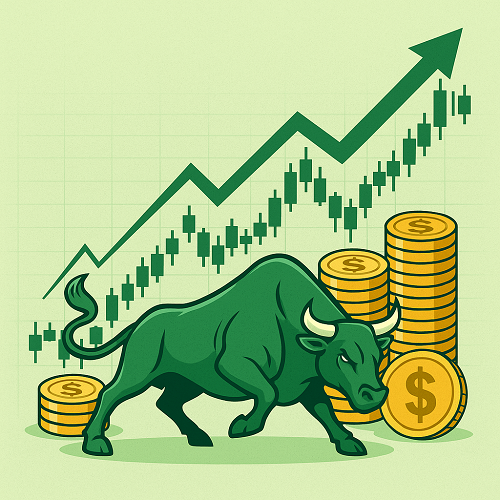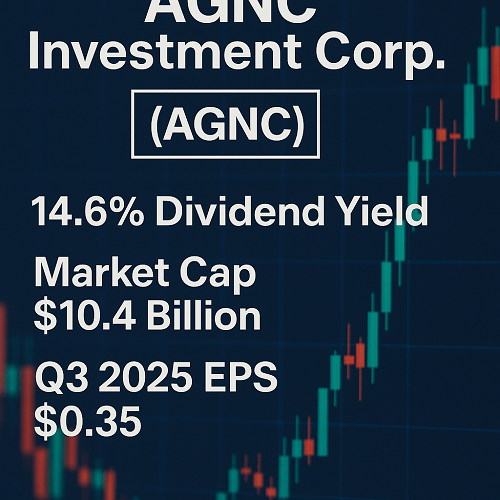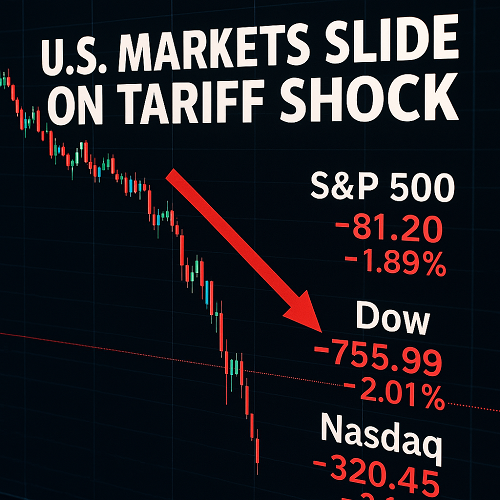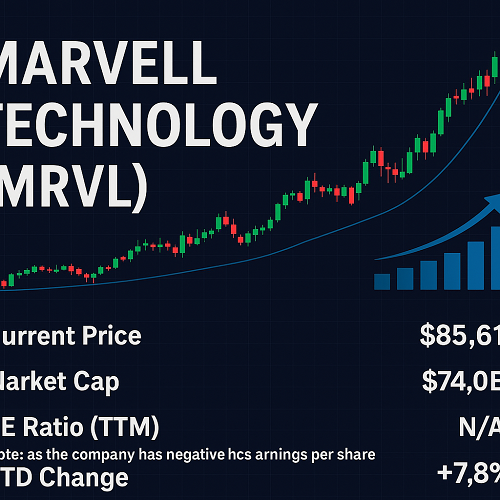What is a “Bull” in the Stock Market?
In financial markets, the term bull describes a scenario where optimism prevails, often leading to a bullish market.
- A speculator who buys securities expecting a short-term price rise and intends to sell for a profit.
- More broadly, an investor exhibiting optimistic sentiment, expecting asset prices to rise.
- In market-cycle terminology, a “bull market” refers to a prolonged period of rising prices and strong investor confidence.
Key differentiators:
- A speculator bull uses leverage, margin, or short-term trades, often with higher risk.
- A “bullish” investor may simply hold stocks long-term—but still expects upward price movement.
- The term contrasts with “bear”, used for speculators expecting declines or overall markets trending down.
Etymology and Historical Roots
The terms “bull” and “bear” have long histories in finance. Some highlights:
- According to Thomas Mortimer’s 1769 Every Man His Own Broker, speculators in London’s “Change Alley” who bought government securities without intention/ability to pay were called “bulls”.
- The bear term may originate from the proverb “to sell the bear’s skin before one has caught the bear” and from early short-selling practice.
- Over time, “bull” came to connote optimism, upward momentum, respectively mirroring how a bull thrusts upward with its horns. The imagery persists.
Types of Bulls (and Bullish Behaviour)
Understanding the sub-categories clarifies strategy, risk and mindset:
- Classic speculator bull: Buys on margin or with borrowed funds, expecting short-term increase, often under pressure to cover.
- Buy-and-hold bullish investor: Long-term horizon, buying because fundamentally optimistic about company/market.
- Trend-following bull: Positioned to ride an uptrend, possibly in stocks, commodities or crypto, increasing risk as the trend extends.
- Psychological bull: Predominantly sentiment-driven – sees positive feedback loops (price rise → optimism → more buying → further rise).
Characteristics & Hallmarks of a Bull Market
When bulls dominate, the market reflects upward momentum. Key features include:
- Broad-based price increases: Many stocks rise, not just a few winners.
- Investor optimism is high; fear of losses low.
- Economic indicators often supportive: rising GDP, falling unemployment, expanding corporate earnings.
- Market corrections may happen, but the longer-term trend remains positive.
- Often defined when a major index rises ~20% or more from recent lows.
Why Bulls Matter: Implications for Traders & Investors
For both traders and investors, understanding the bull side has practical significance:
- Opportunity awareness: Recognizing a bullish phase lets you position accordingly (long positions, growth stocks, incremental risk).
- Risk management: Bull phases can trap complacent participants—over-leverage, ignoring fundamentals, or chasing prices can lead to big losses when trend reverses.
- Timing & horizon: For speculators, short-term opportunities abound; for long-term investors, the bull phase may be favorable but requires discipline and not chasing bubbles.
- Market psychology & sentiment: In bull markets, sentiment itself can become a driver of momentum—recognising when sentiment is overheated is key to avoiding pitfalls.
How Bulls Behave in Practice: Strategy & Tactics
Here are actionable insights for those adopting a bullish stance:
Tactical Framework for Bullish Trading / Investing
- Identify the uptrend: Look for higher highs/higher lows, rising volumes, strong acceleration.
- Select assets with momentum + fundamentals: In a bull market many stocks rise, but you still want quality or compelling growth.
- Use disciplined entry/exit: A bullish trend doesn’t last forever—set stop-loss or profit-taking levels.
- Leverage wisely (if speculating): Margin amplifies gains but also losses; many bulls suffer when the trend turns.
- Monitor sentiment/valuation: When bullishness becomes extreme, the risk of reversal increases.
- Adapt as the trend matures: Early in a bull phase, growth stocks often lead; later, rotation into more defensive or value-oriented names may occur.
Bullish Investing vs Bullish Speculating
- Investing: Longer horizon, less frequent trading, basis in fundamentals; bullish stance but not exclusively relying on up-trend.
- Speculating: Shorter time-frame, higher risk/leverage, aims to profit from price momentum; fully aligned with the “bull” concept of aggressive upward expectation.
Risks & Pitfalls of the Bull Approach
Even when the market is bullish, there are inherent dangers:
- Overconfidence and overleverage: In a strong bull phase, many traders stretch risk—when the tide turns they can suffer outsized losses.
- Valuation bubbles: Bull markets can drive valuations far above fundamentals, increasing risk of sharp corrections.
- Mis-timing the end of the bull: Just because prices are rising doesn’t guarantee the trend continues. Many bulls get caught buying near the peak.
- Complacency: Bull phases breed comfort; risk management sometimes gets ignored.
- Market reversal: The transition from bull to bear is unpredictable and often only clearly seen in hindsight.
Bullish Outlook in Crypto & Forex: A Comparative View
While the “bull” concept originates in equities, the same psychology applies in crypto and forex:
- Crypto bullish market: Large influx of money, increasing adoption, “fear of missing out” (FOMO) behaviour.
- Forex bullish currency: One may go bullish on a currency expecting appreciation relative to another (going long).
- Cross-asset interplay: Bullish sentiment in one asset class can feed into others (e.g., bullish equities may spur risk-on in crypto or emerging currencies).
- Different time-scales: Crypto in particular may experience short, sharp bull runs and deep drawdowns—risk/volatility is heightened.
Historical Examples of Bull Markets & Bulls in Action
- The U.S. stock market bull from post-World War II through the 1990s (~1983-2000) is a classic long bull phase.
- The tech-led bull of the 1990s: many bulls rode the rapid appreciation of growth stocks, but some fell victim to the 2000 dot-com crash.
- In crypto, numerous bulls bought early in 2017 or 2020-21 and held through steep rallies; similarly, some were wiped out when corrections ensued.
- Example of speculator-bull behaviour: Borrowing to purchase stocks hoping to sell quickly when price rises (the classical definition in Mortimer’s era).
How to Evaluate if You Are in a Bull Phase
Here are practical indicators to assess whether the market is in a bull phase—and by extension if bullish strategies may be appropriate:
- Major indices are making consistent gains and hitting new highs.
- Economic data: GDP growth, employment, consumer confidence are trending positive.
- Market breadth: Most stocks (not just a few big names) are participating in the uptrend.
- Corporate earnings growth is strong or improving.
- Volatility is relatively low and investor sentiment is upbeat (though too much euphoria may signal caution).
- Corrections occur but are shallow relative to the overall trend.
When to Transition Out of a Bullish Stance
Recognising when to scale back bullish exposure is as important as knowing when to adopt it:
- Valuations become extreme: P/E multiples far exceed historical norms without commensurate earnings growth.
- Economic / earnings cracks: Signs of recession, earnings misses, rising unemployment.
- Market breadth narrows: Only a few stocks are carrying the market, others stagnate or fall.
- Sentiment becomes euphoric: Warnings from sentiment indicators of excess.
- Technical breakdown: Indices or major stocks break key support levels; trend weakens.
Action Plan: Implementing a Bullish Strategy
A sample step-by-step plan for a bullish investor/trader:
- Set your bull thesis: What is driving the optimism (economic recovery, sector innovation, policy stimulus)?
- Select target assets: Stocks, sectors, commodities where the bull thesis is strongest.
- Define entry criteria: Technical trigger (breakout), fundamental trigger (earnings beat), or both.
- Size appropriately: Determine how much risk you’re willing to assume—bull markets still carry risk.
- Set stop-loss / profit-target: Without discipline, a bullish stance can flip into huge loss.
- Monitor and adjust: Keep checking the bull thesis, macro conditions, and market health. Be ready to adjust or exit if conditions change.
- Exit strategy: Plan when you’ll scale down, take profits or hedge, especially if the bull phase appears mature.
The Bull Mindset: Psychology & Behaviour
Adopting a bullish approach isn’t just technical—it’s psychological:
- Confidence and conviction: Belief in the upward trend, but tempered with humility (it can reverse).
- Risk awareness: Even in a bull market, risk of reversal remains—don’t ignore it.
- Patience and discipline: Avoid being swept up in hype, chase after late entries, or disregard stop-losses.
- Adaptability: A bull market isn’t static; factors change. Being bullish doesn’t mean being blind.
FAQs on Bulls & Bull Markets
Q1: Is “going bullish” always good?
A1: Not automatically. While it aligns with upward trends, being bullish in a weak or peaking market can lead to losses. Risk management remains key.
Q2: How long do bull markets last?
A2: Varies. Research suggests that since 1942, U.S. bull markets lasted on average ~4.2 years, though some have been much longer.
Q3: Can you be bullish in a bear market?
A3: Possibly in isolated assets or sectors—but being broadly bullish when the market is turning down is riskier.
Q4: How does “bull” differ between stocks, crypto and forex?
A4: The principle is the same (expectation of price rise), but the time-frames, volatility, drivers and risk profiles differ substantially.
Q5: What’s the difference between a bullish investor and a speculator bull?
A5: A speculator bull typically employs short-term trades with leverage and aims to profit from momentum. A bullish investor may hold long term, focus on fundamentals, and accept different risk/return dynamics.
Conclusion
The concept of the bull in financial markets is foundational—not just as a label, but as a mindset, a strategic orientation and a signal of broader market behaviour. Whether you’re a speculator looking to ride short-term momentum or a long-term investor bullish about economic and corporate trends, mastering the bull dynamic—and being keenly aware of its limits—can enhance your market approach.





 XAUT-USD
XAUT-USD  AMD
AMD  MARA
MARA  SHOP
SHOP  BULL
BULL  CL=F
CL=F